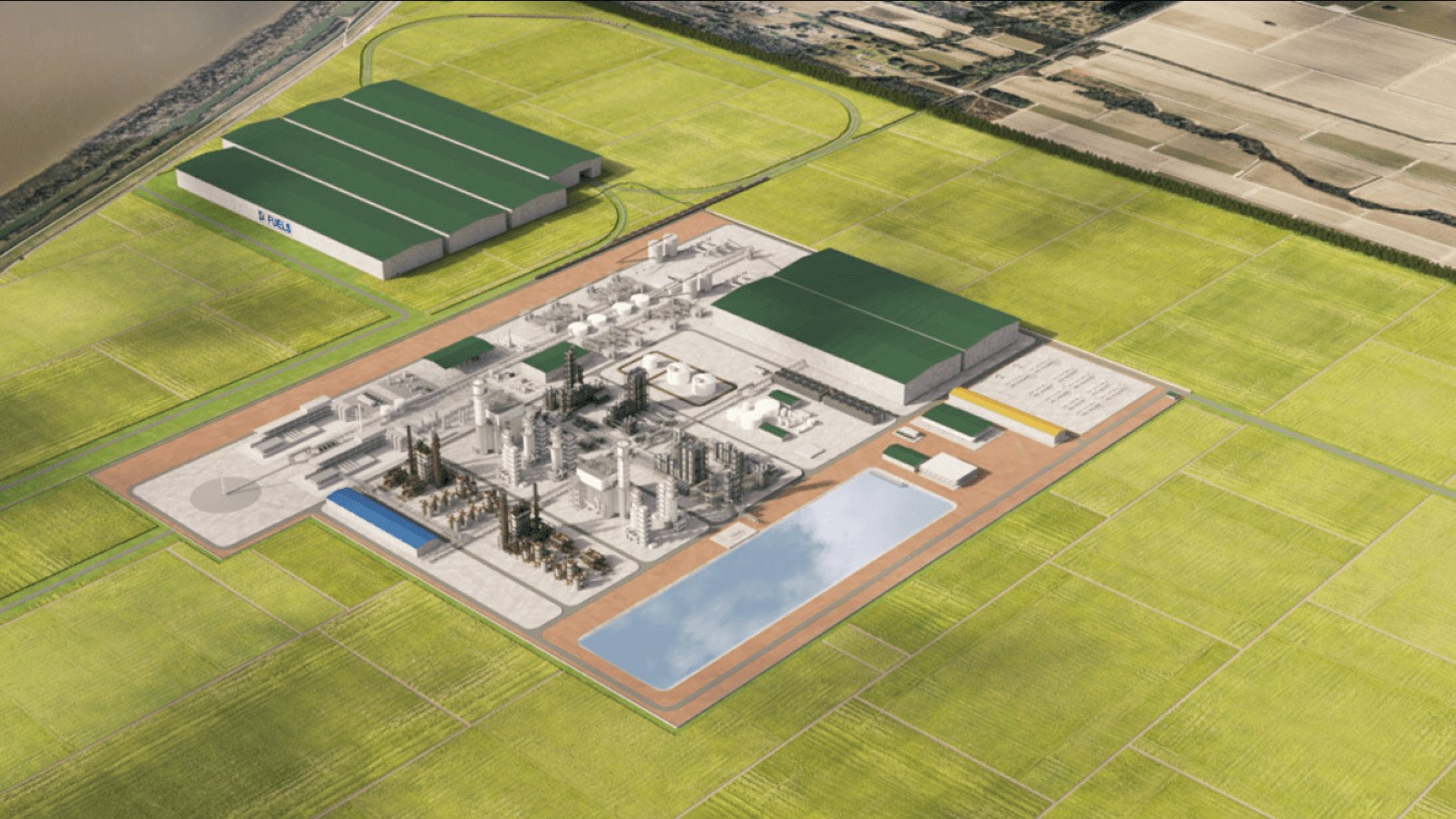UPDATED 1 Sept: The EI library in London is temporarily closed to the public, as a precautionary measure in light of the ongoing COVID-19 situation. The Knowledge Service will still be answering email queries via email , or via live chats during working hours (09:15-17:00 GMT). Our e-library is always open for members here: eLibrary , for full-text access to over 200 e-books and millions of articles. Thank you for your patience.
New Energy World™
New Energy World™ embraces the whole energy industry as it connects and converges to address the decarbonisation challenge. It covers progress being made across the industry, from the dynamics under way to reduce emissions in oil and gas, through improvements to the efficiency of energy conversion and use, to cutting-edge initiatives in renewable and low-carbon technologies.
Fischer Tropsch process chosen for world’s largest SAF production plant
17/4/2024
News
DG Fuels has chosen Johnson Matthey and BP’s co-developed Fischer Tropsch (FT) CANS technology for its first sustainable aviation fuel (SAF) plant in Louisiana, US. The company claims the plant in St James Parish will be the largest FT SAF production facility in the world, with a planned capacity of 13,000 b/d and capable, after blending to 50%, of producing enough SAF for more than 30,000 transatlantic flights annually.
In the Fischer Tropsch process, (which forms the basis of various gas-to-liquids (GTL) processes) carbon monoxide, CO2 and hydrogen gases react in the presence of a catalyst to produce a range of mainly paraffinic (alkane) hydrocarbons.
According to Johnson Matthey, the Louisiana plant would be the largest deployment of the FT CANS technology to date, seven times larger than any previously announced project using the process. The process, which features modular catalyst containers, was first used at a commercial scale at Fulcrum’s Sierra bioFuels plant in Reno, Nevada, to convert synthesis gas, produced from waste, into synthetic crude oil which can then be converted to fuels.
The proposed $4bn DG Fuels plant will use waste biomass as feedstock. Expected to produce 600,000 t/y of SAF once fully operational, it is said to be the largest announced SAF production plant using a non-HEFA* route. DG Fuels is planning 10 more SAF production plants across the US, to be modelled on the Louisiana plant, with Johnson Matthey and BP as the partners of choice.

CGI rendering of proposed DG Fuels’ SAF production plant in Louisiana, US
Photo: DG Fuels
DG Fuels is expecting to purchase around $120mn of sugar cane waste annually. The FT CANS technology converts the synthesis gas derived from this biomass to synthetic crude, which is then further processed to produce the synthetic kerosene that is then blended with conventional jet fuel to produce SAF.
Current international certification for SAF requires a blend of up to 50% with fossil kerosene to create ‘drop-in SAF’. Based on a typical widebody aircraft fuel consumption rate, the plant’s planned SAF production capacity, after blending, is equivalent to the fuel required for over 30,000 transatlantic flights annually, claim the partners.
The plant is expected to start production by 2028.
DG Fuels has already secured offtake agreements with Delta Air Lines and Air France-KLM, and has a strategic partnership with Airbus to scale up the use of SAF globally.
In related news, Avina has unveiled plans for a new SAF plant at an undisclosed location in the US Midwest, set to commence operations in 2027. The facility will use an alcohol-to-jet production technology pathway, where sugary, starchy biomass such as sugar cane and corn grain is converted via fermentation into ethanol or other alcohols, which can then be converted to fuel. The plant is expected to produce 120mn gallons (454mn litres) of SAF annually, helping meet the US aviation industry’s target of 3bn g/y of SAF by 2030.
According to Vishal Shah, CEO & Founder of Avina Clean Hydrogen, emissions from the aviation sector, which accounts for 2% of global CO2 emissions, have been increasing at a faster rate compared to those from rail, road, or shipping, adding that: ‘Sustainable aviation fuels are critical to decarbonising the aviation sector.’ SAF currently represents less than 0.1% of global jet fuel volumes.
*Most of the SAF supplied today is derived using the hydrotreated esters and fatty acids (HEFA) pathway, reports DG Fuels. The primary feedstocks for this conversion pathway include waste fats, oils, and greases. While HEFA synthetic paraffinic kerosene (SPK) is currently the main commercial pathway being used at scale to produce SAF, feedstocks are limited, so it is expected that there will be a need for commercial large-scale sustainable feedstock mobilisation. See also an explanation by BP at: ‘How all sustainable aviation fuel (SAF) feedstocks and production technologies can play a role in decarbonizing aviation’.
